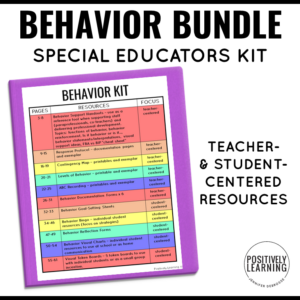
Running an IEP meeting can feel overwhelming, especially for new teachers or those who are unfamiliar with the process.
What do I say? Is there an order to follow? What if I say the WRONG thing?
These are all valid concerns, however with the right tools and strategies, you can lead a successful IEP meeting that results in positive outcomes for your student.
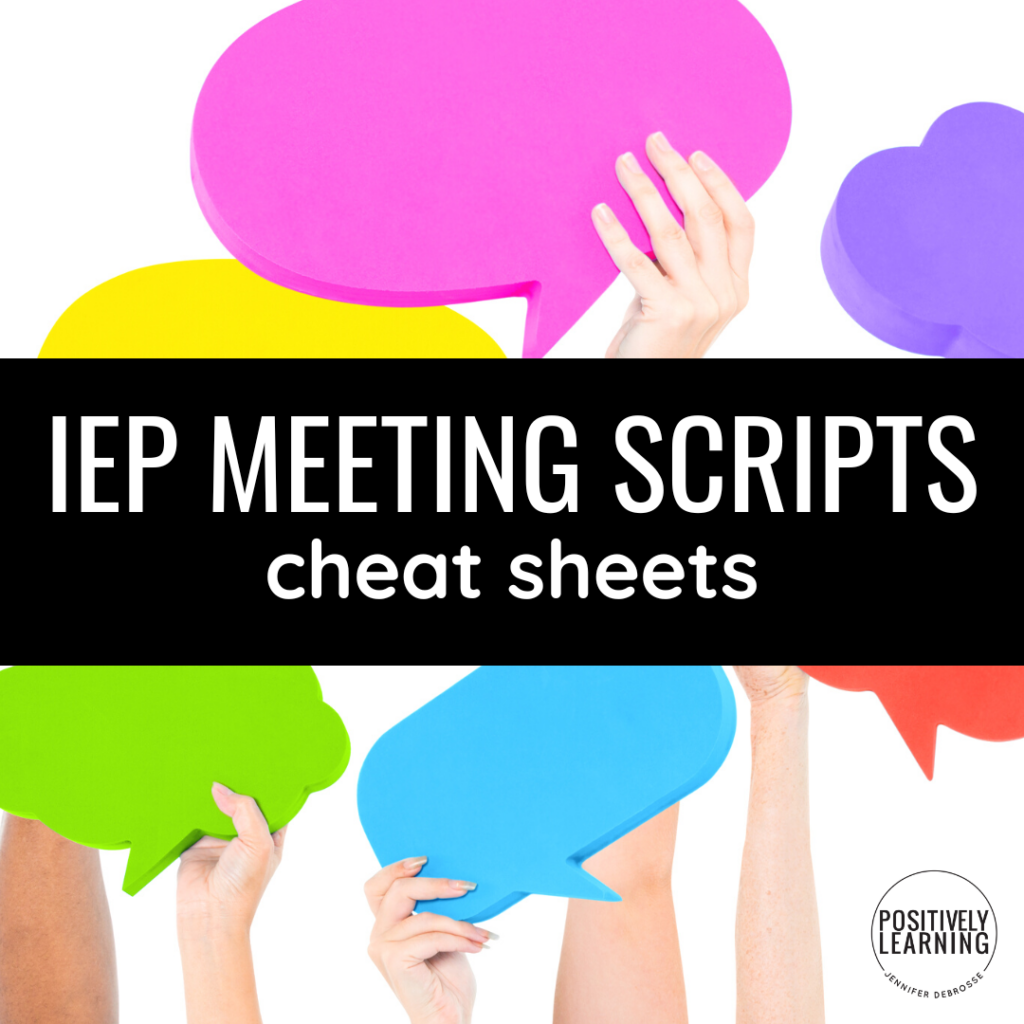
Table of Contents
ToggleFirst things first, it's important to come into the meeting with an open mind and a positive attitude. Remember that everyone on the IEP team, including the family members, school staff, and service providers, is there to support the child's needs and ensure they receive the best education possible. Take a deep breath, review all IEP documents and assessment data, and begin the meeting with a clear understanding of the student's strengths and needs.
At the beginning of the meeting, it's a good idea to set the purpose, introduce all team members, review confidentiality as part of the meeting norms, and state that input from all team members are welcome anytime throughout the process. Then it's time to review the child's progress since the last IEP meeting, highlighting their strengths and areas for growth. This sets the tone for the rest of the meeting and helps everyone on the team understand the child's current needs.
Next, it's time to review the current goals and progress towards those goals. This is where you'll work with the IEP team members, including the family members, general education teacher, special education case manager, speech-language pathologist, occupational therapist, physical therapist, autism resource specialist, and any other service providers to ensure that the student's goals are specific, measurable, and appropriate for their needs.
Throughout the meeting, it's important to ensure that everyone on the IEP team is an active participant and has the opportunity to share their perspective and expertise. Encourage the child's teacher, service providers, and other team members to share their insights and strategies for meeting the child's needs. Be sure to document any new strategies or services that are discussed during the meeting, and set specific next steps and deadlines for implementation.
As you move through the meeting, be sure to keep the student's needs and goals at the forefront of the discussion. Remember that the IEP is an individualized education plan, tailored to the specific needs of the child, and it's important to ensure that they receive the right services and supports to meet their goals.
At the end of the meeting, it's important to review the meeting notes and ensure that everyone on the team is on the same page. Review the child's IEP forms, including the individualized educational plan and the functional behavioral assessment, and ensure that all goals and services are documented appropriately.
Finally, be sure to thank the members of the IEP team for their hard work and contributions, and provide them with your email address and work schedule so they can follow up with any questions or concerns. Remember that successful IEP meetings require collaboration and communication among all members of the child's team, and by working together, we can ensure that each child receives the best education possible.
Now, let's talk about how to use IEP scripts cheat sheets to make the IEP meeting run even more smoothly. These scripts are a helpful tool for special educators who may be nervous or unsure of what to say during the meeting. By using these scripts, you'll have a clear idea of what to say for each component of the meeting, ensuring that all necessary information is covered.
When using IEP scripts cheat sheets, it's important to keep in mind that they are a guide, not a strict set of rules. You may need to modify the scripts to fit the specific needs of the child and the team. Additionally, be sure to review the scripts ahead of time, so you're familiar with the content and comfortable with the language used.
Here are some examples of what an IEP script cheat sheet might look like:
By following the top tips outlined in this post and using IEP scripts cheat sheets as a helpful guide, you can lead a successful IEP meeting and ensure that each child receives the best education possible. Remember that the IEP process is a collaborative effort and together as a team, we can create an effective and individualized education plan that meets the needs of every student.

I’m Jennifer and I was a special educator in the elementary school setting over the past decade. I entered the classroom every day dedicated to making learning inclusive AND engaging.
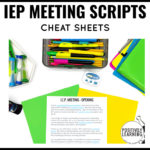
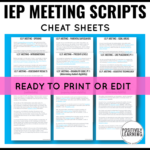
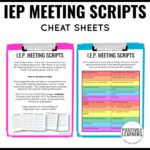
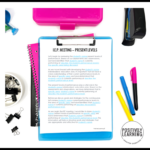
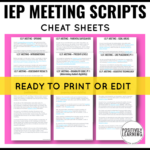
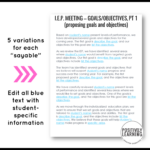
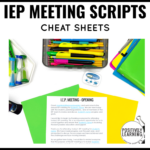
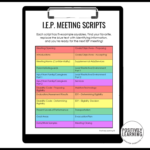

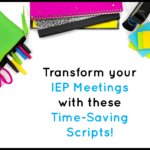
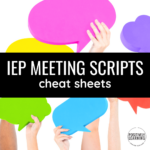

This website uses cookies to ensure you get the best experience on our website. See full disclosure here.
This website uses cookies to ensure you get the best experience on our website.
See full disclosure here.
